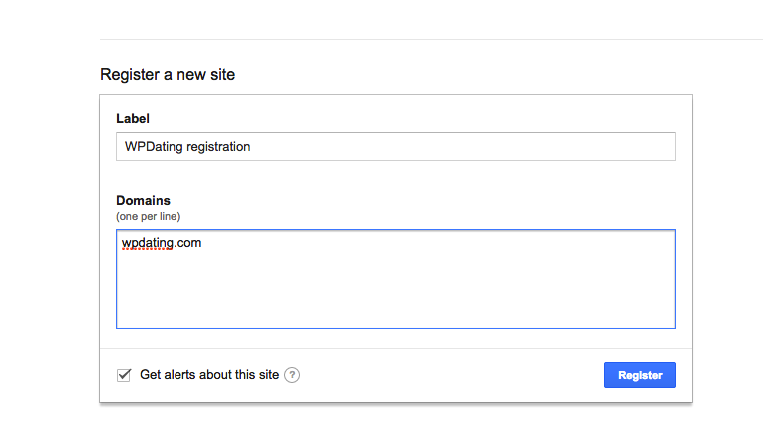How Are Secret Keys Usuall Generated
Posted : admin On 17.04.2020- How Are Secret Keys Usuall Generated Number
- Keyboard Secret Keys
- How Are Secret Keys Usually Generated In One
If a code signer does not yet have a suitable private key for signing the code, the key must first be generated, along with a corresponding public key that can be used by the code receiver's runtime system to verify the signature.
Everybody dreams of taking advantage of this variation.Nevertheless, the copy that is the initial of a computer screen is costly. That is mainly made for the touch screen techniques like touchpads and tablets. We’ve provided the service secrets that work. Windows 7 key generator download. On the net, several activations and product secrets are not functioning correctly. People mainly applied copied text along with a duplicate product or service tips.
Since this lesson assumes that you don't yet have such keys, you are going to create a keystore named examplestore and create an entry with a newly generated public/private key pair (with the public key in a certificate).
Type the following command in your command window to create a keystore named examplestore and to generate keys:
You will be prompted to enter passwords for the key and keystore.
Please explain how public key/private key pair is generated from this shared secret $2$. As the others said, $2$ is a shared secret, rather than a private key. It is usually used to derive one or more symmetric keys (e.g. For AES and some MAC). Private key (secret key): In cryptography, a private key (secret key) is a variable that is used with an algorithm to encrypt and decrypt code. Quality encryption always follows a fundamental.
Subparts of the keytool Command
Let's look at what each of the keytool subparts mean.
At the time a user joins the group, the server uses the user's session key to send it the auxiliary keys in addition to the group key. In the case of a binary tree, a total of $2n-1$ keys are generated (one for each node), and each user holds $ log2n+1$ keys. So when a user leaves the group, only $ log2n$ keys need to be regenerated. How to generate a secret key with Python. GitHub Gist: instantly share code, notes, and snippets.
Jun 30, 2010 Public Key, Private Key, Secret Key: Everyday Encryption I recently wrote the CISA exam. That's #2 of my 'big infosec certifications' (CISSP last year being the first) One thing I found in the exam prep classes for both certifications was that many people have trouble with the concepts behind the modern day encryptions that we all use every day. How does TLS generate the shared secret? Are generated on each side? The master secret is computed using the pre-shared keys and a fresh DH key that is.
- The command for generating keys is -genkey.
- The -alias signFiles subpart indicates the alias to be used in the future to refer to the keystore entry containing the keys that will be generated.
- The -keystore examplestore subpart indicates the name (and optionally path) of the keystore you are creating or already using.
- The storepass value that you are promted for specifies the keystore password.
- The keypass value that you are prompted for specifies a password for the private key about to be generated. You will always need this password in order to access the keystore entry containing that key. The entry doesn't have to have its own password. When you are prompted for the key password, you are given the option of letting it be the same as the keystore password.

Note: For security reasons you should not set your key or keystore passwords on the command line, because they can be intercepted more easily that way.
Distinguished-Name Information
If you use the preceding keystore command, you will be prompted for your distinguished-name information. Following are the prompts; the bold indicates what you should type.
How Are Secret Keys Usuall Generated Number
Command Results
The keytool command creates the keystore named examplestore (if it doesn't already exist) in the same directory in which the command is executed. The command generates a public/private key pair for the entity whose distinguished name has a common name of Susan Jones and the organizational unit of Purchasing.
The command creates a self-signed certificate that includes the public key and the distinguished-name information. (The distinguished name you supply will be used as the 'subject' field in the certificate.) This certificate will be valid for 90 days, the default validity period if you don't specify a -validity option. The certificate is associated with the private key in a keystore entry referred to by the alias signFiles.
Keyboard Secret Keys
Self-signed certificates are useful for developing and testing an application. However, users are warned that the application is signed with an untrusted certificate and asked if they want to run the application. To provide users with more confidence to run your application, use a certificate issued by a recognized certificate authority.
How Are Secret Keys Usually Generated In One
Note: The command could be shorter if option defaults are accepted or you wish to be prompted for various values. Whenever you execute a keytool command, defaults are used for unspecified options that have default values, and you are prompted for any required values. For the genkey command, options with default values include alias (whose default is mykey), validity (90 days), and keystore (the file named .keystore in your home directory). Required values include dname, storepass, and keypass.